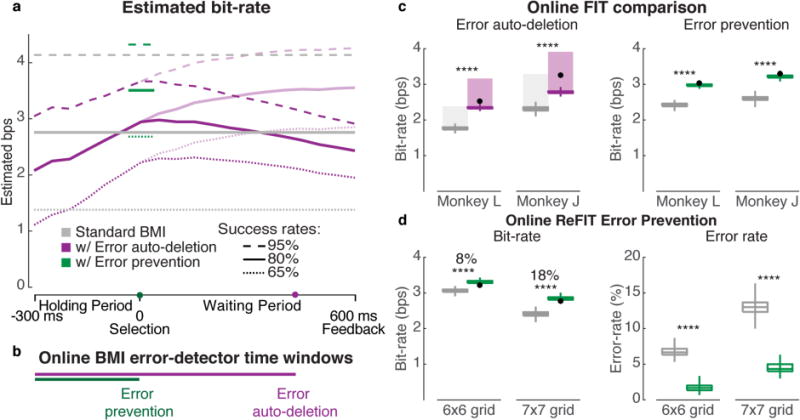Figure 3. BMI error detector design and online improvement demonstration.

(a) Estimated bit-rate when augmenting the BMI with an error detector as a function of when detection happened and task difficulty (success rate) using Eq. 1–3. The parameters for bit-rate estimation were based on the empirical monkey J data (T=1.3s, N=64) (Supplementary figure 3 and figure 2). The three line types (dashed, solid and dotted) correspond to different base success rates with a standard BMI (gray, i.e. without parallel error decoding). Lower dark and upper light purple lines are worst- and best-case scenarios, respectively, based on whether the next movement is delayed or not as a result of the error classifier latency. (b) Time windows used for online error prevention and error auto-deletion, relative to (a) timeline. (c) Bit-rate comparisons (median, 1st and 3rd quartile, and extreme values of a bootstrap with 500 repetitions) between a standard BMI (FIT-KF, gray) and a BMI augmented with online error detection. Two modes of operation were evaluated online: error auto-deletion (purple) and error prevention (green). The top of the semi-transparent auto-deletion bars show post-hoc re-calculated bit-rate after removing the added delay (400 ms) following each selection. The vertical span of this bar represents a range of scenarios between the best and the worst case of whether the user naturally pauses between key selections (see main text for more details). Auto-deletion helps substantially in the best-case scenario, but does not out-perform a standard BMI in the worse-case scenario. Black dots are the bit-rate estimates (Eq. 2 and 3) of detect-and-act performance, based solely on the empirical data of the corresponding standard BMI (gray bars); note that these predictions fall within the measured closed-loop augmented performance ranges. The error auto-deletion dataset combines five (J: 9611 trials) and five (L: 6676 trials) days of closed-loop BMI experiments. The online error prevention dataset combines five (J: 7555 trials) and four (L: 6002 trials) days of closed-loop BMI experiments. (d) Bit-rate and error-rate comparison when using a state-of-the-art decoder (ReFIT) with and without error prevention. This dataset aggregates monkey J performing a closed-loop BMI experiment using three days each of two grid sizes (6×6: 4926 trials, and 7×7: 2480 trails).
